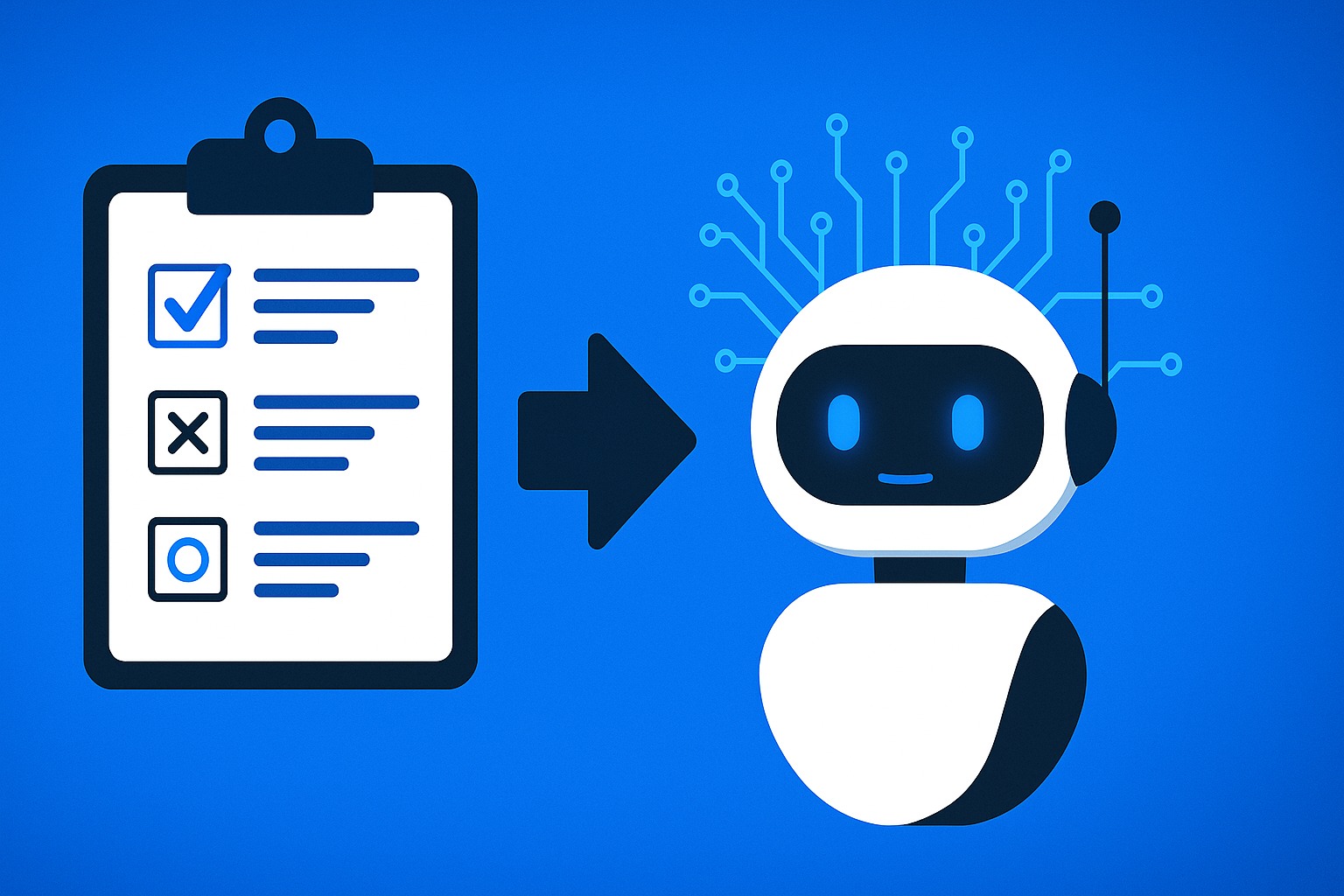The Silent Exit Is Happening While You Wait for Feedback
Customers are leaving. Not with a complaint. Not with a warning. Just a silent exit. By the time your survey lands in their inbox, they have already stopped engaging, moved to a competitor, or chosen to never return. Traditional customer feedback loops are collapsing under the weight of real-time expectations, and the tools that once promised insight are now too slow to save the relationship.
Customer experience has reached a tipping point. Brands are investing millions in satisfaction surveys, Net Promoter Scores, and feedback platforms, yet trust, loyalty, and retention are harder than ever to maintain. The gap between what companies think they know and what customers are actually feeling is widening by the minute.
Into that gap steps AI not to ask more questions, but to stop asking altogether. Today’s leading companies are quietly replacing surveys with models that observe, predict, and act on customer satisfaction without interrupting the experience. This is not the future. It is happening now.
In this article, we explore how AI is transforming customer satisfaction from something you ask about into something you know and how that shift is giving brands a powerful edge before the customer ever decides to leave.
Traditional Surveys Are Too Slow to Save the Relationship
For decades, surveys were the industry standard for understanding how customers felt. Brands relied on scores, comment boxes, and post-purchase feedback to make decisions about service, product, and experience. But today’s customers move faster than that. And the lag between experience and insight is proving fatal.
The average survey response rate hovers below 10 percent. Most feedback arrives hours or days after the interaction has already passed. Worse, it only comes from those willing to take the time to respond, usually the extremely happy or deeply frustrated. The silent majority, where real churn risk hides, remains invisible.
Surveys don’t capture in-the-moment reactions. They can’t read hesitation during checkout, frustration navigating a mobile app, or subtle signs of disengagement in a support conversation. By the time a score is logged and a trend identified, the damage has already been done.
Leading brands are realizing that waiting for a customer to articulate dissatisfaction is no longer viable. The relationship must be managed in real time, before emotion hardens into opinion and opinion becomes departure. In this environment, surveys are not just outdated they’re dangerously slow.
AI Is Rewriting the Rules of Customer Satisfaction Measurement
Artificial intelligence is not just enhancing feedback systems, it is dismantling them and building something entirely new. Instead of asking customers how they feel, AI analyzes what they do, when they do it, and how they behave throughout the entire journey. It builds a satisfaction score not from responses, but from signals.
These models digest mountains of behavioral data: time on page, click paths, cart abandonment patterns, tone of voice in support calls, response times, social sentiment, even biometric cues in some cases. All of this gets mapped into dynamic, individualized satisfaction profiles that update in real time.
What emerges is a new paradigm for CX. Companies can now identify friction points before customers articulate them, flag potential churn before it happens, and route dissatisfied users to proactive support without waiting for a complaint. This is not theoretical. Global brands in retail, finance, and SaaS are already replacing legacy feedback systems with predictive AI models trained to spot dissatisfaction at the earliest sign of trouble.
The game is no longer about asking better questions. It is about not having to ask at all. AI is turning customer satisfaction into something observable, measurable, and most importantly, actionable.
Data Speaks Louder Than Questions Ever Could
Leading brands are quietly proving that the most valuable feedback is the kind customers never give. Instead of surveys, they are listening to signals what customers click, how long they hesitate, when they pause, and how they move through digital environments. The shift from explicit response to implicit behavior is unlocking a new era of customer understanding.
In the telecom sector, one major provider used AI to analyze call center interactions combined with browsing and account data. The model predicted churn with over 85 percent accuracy, often days before a cancellation request. No survey needed.
In e-commerce, a global apparel brand replaced post-purchase surveys with behavioral scoring models. They monitored return patterns, search behavior, and customer support tone to assess satisfaction in real time. The result was a 12 percent drop in return-related losses and a faster feedback loop for product issues.
Even in B2B, SaaS firms are replacing traditional health scores with AI models that track login frequency, feature usage, and support ticket content. When a customer disengages, the platform responds before the account goes dark.
These are not tech demos. They are operational tools built into business strategy. They prove that customer behavior, when decoded properly, speaks louder than any rating ever could.
CX Gains Speed and Precision When AI Replaces the Ask
Speed has always mattered in customer experience, but precision is what sets leaders apart. When satisfaction can be predicted in real time, brands don’t just react faster they react smarter. They move from generic follow-ups to targeted interventions, from delayed resolutions to instant course corrections.
AI allows CX teams to identify not only who is unhappy, but why and when. It connects dots across systems, analyzing thousands of micro-interactions that once went unnoticed. A hesitant scroll, a repeated search, a drop in voice energy each becomes a data point in a satisfaction profile. The result is a level of responsiveness that surveys cannot touch.
One financial services firm used AI to anticipate customer confusion during onboarding. Instead of sending a follow-up survey, they automatically deployed help center prompts and offered live assistance within seconds of hesitation. Completion rates jumped. Support tickets dropped. Satisfaction scores rose.
This is the new standard. Instead of measuring experiences after they end, brands are shaping them as they unfold. CX becomes an active, predictive function rather than a passive, retrospective one. The business case is clear. Fewer lost customers. Higher retention. Greater lifetime value.
When AI replaces the ask, the experience becomes both faster and far more human.
Predictive Satisfaction Will Redefine the Next Era of Customer Experience
The shift from survey-driven feedback to predictive satisfaction marks a turning point in how companies design and deliver experiences. It is no longer about collecting opinions. It is about interpreting behavior. And in this new model, the most valuable feedback is often the one never explicitly given.
Predictive models are doing more than just filling in gaps they are setting new expectations. CX teams no longer need to wait for signals of frustration or disengagement. They are empowered to act in real time, with precision, and at scale. The insights once locked in quarterly reports are now accessible in live dashboards, informing decisions the moment they matter.
For brands, this means a new kind of accountability. It demands a tighter alignment between data science, experience design, and operational execution. It requires ethical stewardship of behavioral data and a willingness to move from reactive to anticipatory service models.
Those who embrace this transformation will redefine the benchmark for what great customer experience looks like. They will not just reduce churn. They will build loyalty before problems arise. They will not just ask how customers feel. They will already know.
Ressources:
- Unlocking the next frontier of personalized marketing – McKinsey
- Personalization drives CX performance – McKinsey
- What is predictive analytics? – Qualtrics
- Customer data & analytics in service – Gartner
- https://h-in-q.com/analytics/



